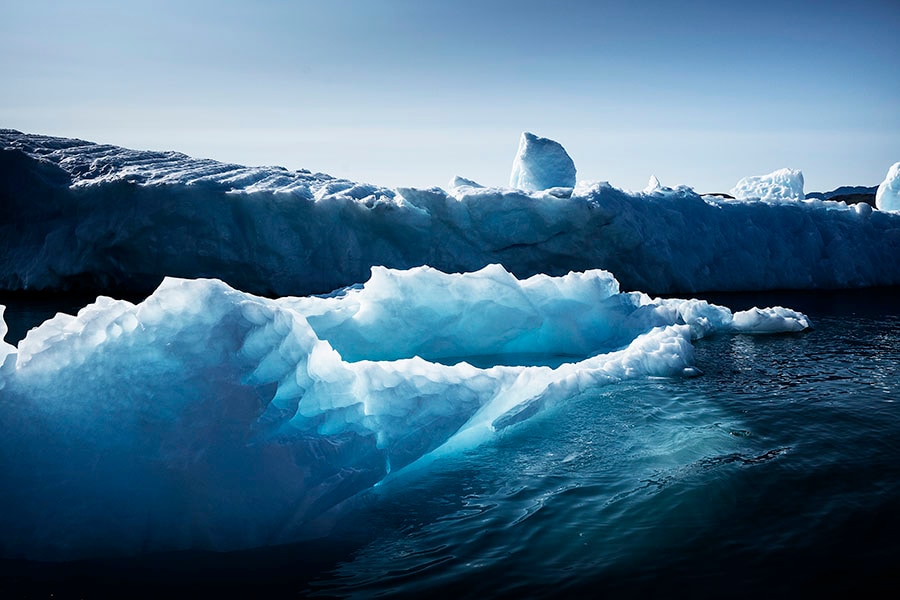
Arctic warming is happening faster than described, analysis shows
One result of rapid Arctic warming is faster melting of the Greenland ice sheet, which adds to sea-level rise. But the impacts extend far beyond the Arctic, reaching down to influence weather such as extreme rainfall and heat waves in North America and elsewhere
 An iceberg near Narsaq, Greenland, on Aug. 23, 2021. The warming at the top of the globe, a sign of climate change, is happening much faster than previously described compared with the global average, scientists said on Thursday, Aug. 11, 2022. (Carsten Snejbjerg/The New York Times)
An iceberg near Narsaq, Greenland, on Aug. 23, 2021. The warming at the top of the globe, a sign of climate change, is happening much faster than previously described compared with the global average, scientists said on Thursday, Aug. 11, 2022. (Carsten Snejbjerg/The New York Times)
The rapid warming of the Arctic, a definitive sign of climate change, is occurring even faster than previously described, researchers in Finland said Thursday.
Over the past four decades, the region has been heating up four times faster than the global average, not the two to three times that has commonly been reported. And some parts of the region, notably the Barents Sea north of Norway and Russia, are warming up to seven times faster, they said.
One result of rapid Arctic warming is faster melting of the Greenland ice sheet, which adds to sea-level rise. But the impacts extend far beyond the Arctic, reaching down to influence weather such as extreme rainfall and heat waves in North America and elsewhere. By altering the temperature difference between the North Pole and the equator, the warming Arctic appears to have affected storm tracks and wind speed in North America.
Manvendra Dubey, an atmospheric scientist at Los Alamos National Laboratory, in New Mexico, and an author of an earlier study with similar findings, said the faster rate of warming of the Arctic was worrisome, and points to the need to closely monitor the region.
“One has to measure it much better, and all the time, because we are at the precipice of many tipping points,” like the complete loss of Arctic sea ice in summers, he said.
©2019 New York Times News Service







